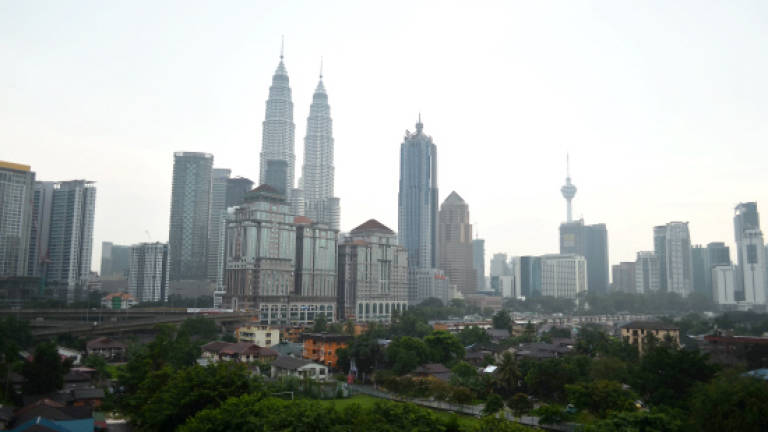Haze eases off in Malaysia

PETALING JAYA: The sudden surge in haze over the weekend seems to have eased off as air quality continued to improve in many parts of the country today.
As of 5pm today, only nine areas recorded an unhealthy reading on the Air Pollutant Index (API), with Malacca recording the highest at 136.
This was a stark improvement to Sunday’s reading, which saw several areas recording a very unhealthy level on the API reading, with Shah Alam going as high as 279, close to the hazardous level.
Other areas with unhealthy readings yesterday include Bukit Rambai, Melaka (124), Muar, Johor (122), Samarahan, Sarawak (117), Kuching, Sarawak (116) and Larkin Lama, Johor (116).
An API reading of 0-50 is categorised as good, 51-100 (moderate), 101-200 (unhealthy), 201-300 (very unhealthy), and 300 and above (hazardous).
Following the improvement on the air quality and visibility, the Kuching International Airport (KIA) runway has been reopened at 9.10am today for flight operations, making way for three Malaysia Airlines Berhad flights to depart the airport.
KIA senior manager Mohd Nadzim Hashim said the three flights involved the Kuching-Sibu, Kuching-Kuala Lumpur and Kuching-Miri sectors.
"As at 11am today three flights have departed from the airport after visibility improved to 2,000 metres compared to 300 metres at 7am this morning," he was quoted by Bernama.
Mohd Nadzim said a total of 3,132 passengers were affected by the cancellation of 26 flights at KIA from 5.30am until 11am morning today, after visibility dropped to 300 metres.
National Resources and Environment Ministry (NRE) had explained in an earlier statement on the confusions pertaining to the accuracy of the API reading on Sept 26.
“Referring to the grouses of the public on the accuracy of the API on the Department of Environment’s website, this is to inform that the API reading as published are accurate and based on the international standard protocol,” it said.
It explained that the API calculation system is based on a 24-hour average measurement of fine dust of less than 10 micrometres in size, as a level of exposure that could have an impact on the public’s health.
This, it pointed, is different from the measurement of visibility, which can be obtained and is based on a shorter period observation.
“Thus, the API reading takes longer to reach the ‘unhealthy’ level (compared to the visibility level) as it takes into account the average of a 24-hour period,” it added.